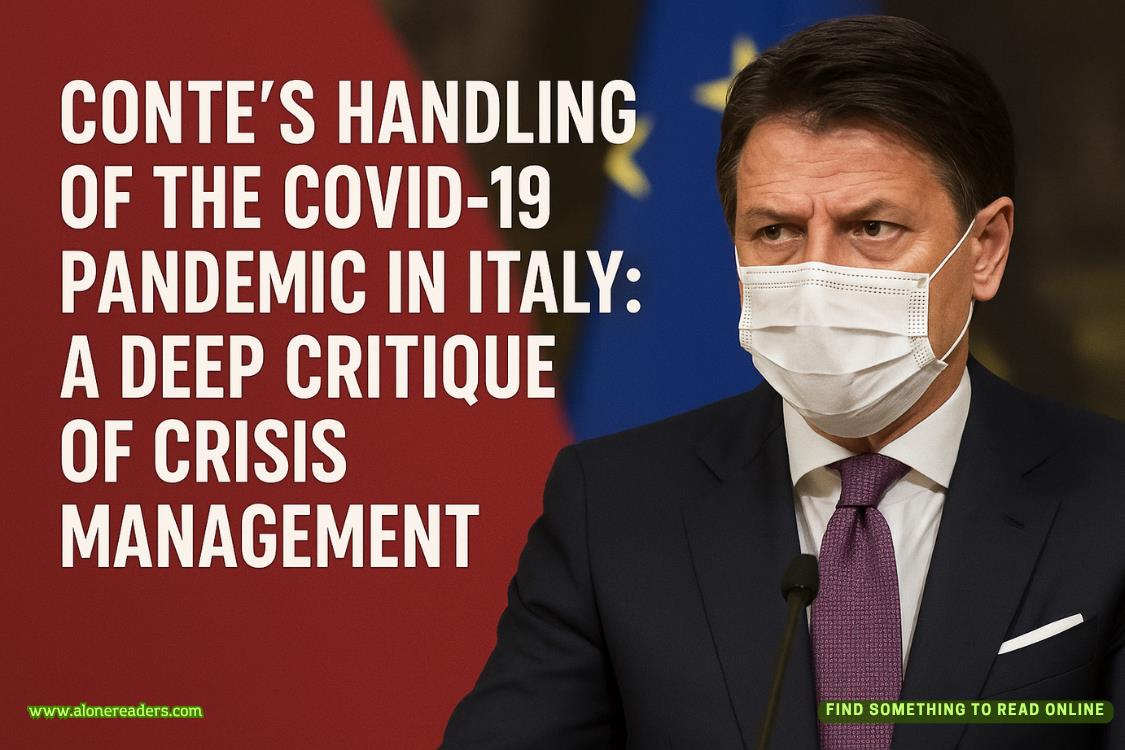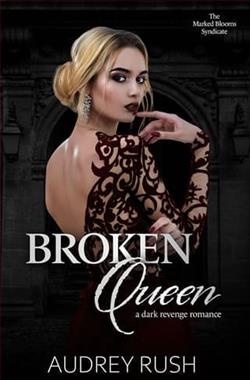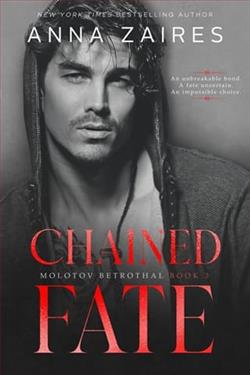Page 42 of The Change
Nessa had never shown any promise as an artist, but she didn’t dare say so.
“You won’t always know the people who call to you,” her grandmother told her. “And sometimes the bodies are too messed up to identify on their own. You’ll need a picture of the ghost to figure out who they are.”
Nessa’s grandmother got up from the table and returned with a scrapbook, which she opened to a pencil-drawn portrait of a girl. Her eyebrows were plucked to thin black arcs over round, heavily lined eyes. She’d tried her best to conceal her youth, but plump cheeks and a mischievous smile betrayed her. It may not have been a perfect portrait, but it made a lasting impact. One look, and Nessa knew just who the girl had been—and how much her family had lost.
Nessa flipped through the scrapbook, past portraits of other dead women. She shook her head sadly. She wasn’t up to the task. “I don’t think I can do this. Why can’t I describe them and have someone else make the drawings?” she asked.
“Because they’re more than just pictures,” her grandmother said. “They’re a contract. When you draw a ghost, a bit of theirsoul gets transferred to the paper—where it’s mixed with a little bit of your own. The dead will trust you when they know you’ve got something at stake. If they believe you’ll keep looking, they’ll be able to rest.”
“What if I can’t find their people?” Nessa had asked.
“Then you’ll lose that little piece of yourself that you put down on paper. So make sure your pictures are good.”
While waves rocked the boat, Nessa finished her sketch of the unidentified girl. Whatever details hadn’t made it onto the paper were still in her head. As soon as she was home, she would transform the sketch into a portrait. She was too exhausted to polish it right away. Too much of her own soul had gone down on the paper. She handed the book to Jo, who’d stayed by her side the entire time. She watched as Jo studied the page.
“She doesn’t look anything like Mandy Welsh—or the girl we found yesterday,” Jo noted. “Aren’t serial killers supposed to have a type?”
“I think it’s safe to say that the killer likes young girls,” Nessa pointed out.
“True,” Jo said. “He also owns his own boat, and knows that the water out here is deep. A fisherman, maybe?”
“Maybe,” Nessa offered wearily.
Jo gave her friend’s shoulder a squeeze. “Okay, we can talk about all of this later.” She passed the sketchbook back to Nessa. “But before we go, do a quick drawing of the whale,” she said. “So we can show our captain what you’ve been up to.”
While Nessa sketched, the only sounds were the whistling of the wind and the chattering of the women at the other end of the boat. As she finished her drawing, a third noise arose—a faint buzzing that was growing louder. Jo searched the sky, but the glare fromthe sun made it hard to determine the source. Then a flying object swooped down from above and traveled along the length of the boat before shooting back up into the clear blue sky.
“What the hell?” Jo hopped to her feet and made her way toward the captain’s wheel. “Was that a UFO?”
Harriett met her halfway. “It was a drone,” she said. “We have an admirer. Is there a chance its camera captured anything it shouldn’t have?”
“Just this.” Nessa had joined them, her sketchbook closed and a sketch of the whale in her hand. She presented the drawing to Celeste. “I drew this for you. To thank you for bringing us out here today.”
“It’s lovely!” Celeste said. “But are you sure you’re okay? You don’t look very well.”
“I’ll be fine,” Nessa told her. “I think the drone really rattled me. Where’d it come from?”
“Looked like it came from Culling Pointe,” Celeste said.
“Do you think it was spying on us?” Jo asked.
“Seems unlikely,” Celeste said, “but if you guys want to take a look, I can steer the boat that way.”
“Will we get in trouble if we head over there?” Nessa asked.
“I don’t see how,” Celeste said. “Nobody owns the ocean.”
The mansions that lined the Pointe’s pristine beaches grew larger as the boat sped toward them. Some were classic shingle style, others starkly modern, but all were empty palaces. The kings who’d built them didn’t rule countries. They ran pharmaceutical companies or data-mining operations disguised as social media. Millions of subjects paid them tribute each month, but few people even knew their names.
“I read a book about the history of this area,” Harriett said.“Did you know there’s a story behind the name Culling Pointe?” She looked over at the others, who all shook their heads. “Back in the sixteen hundreds, the English attempted to start a colony here. They massacred most of the island’s native people and built a fort where Mattauk sits. Then one day a couple of colonists were hunting in the woods when they spotted a pair of deer walking around on their hind legs. The people who’d lived on the island for centuries could have told them that wasn’t unusual. The animals had learned how to reach fruit that grew in the trees. But the Europeans believed the deer were possessed by Satan. So they killed all the creatures and dumped their carcasses in the ocean. When they finished, they blamed the local midwife for inviting the devil to town and hanged her as a witch. She had her revenge the following winter when all but two of the colonists starved to death.”
“People were barbaric back in those days,” Celeste said.
“We haven’t changed,” Harriett said. “We just smell a bit better.”
“Have you been out to the Pointe?” Jo asked.
“As a matter of fact, I used to go once every summer,” Harriett said. “My ex-husband does the advertising for Little Pigs BBQ. The CEO of the company is a man named Jackson Dunn. He has a house on the Pointe, and he invites all his favorite toadies out for a big bash every Memorial Day.”















